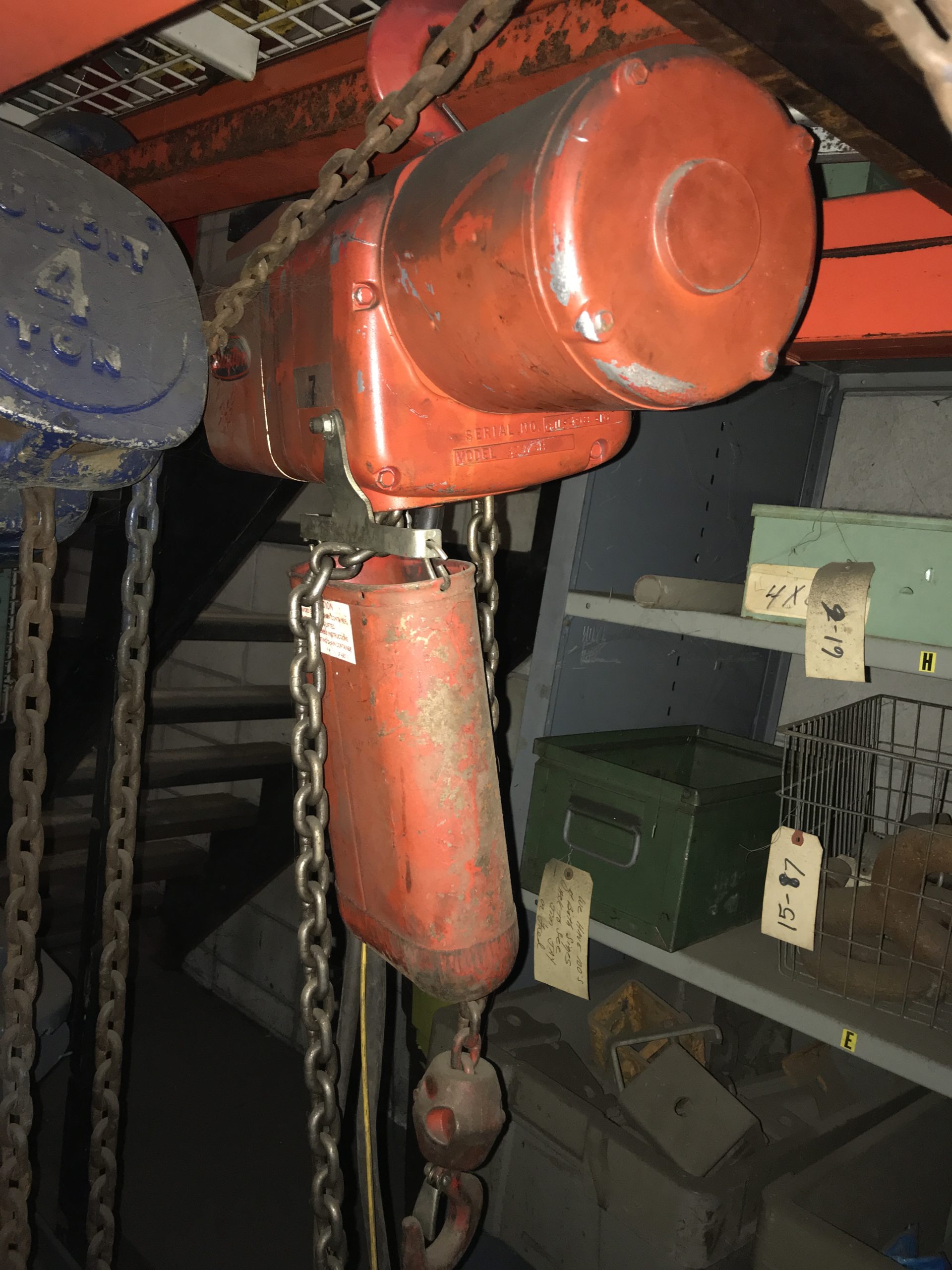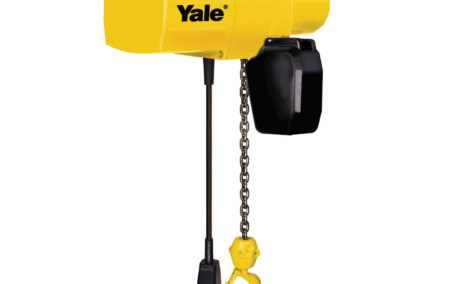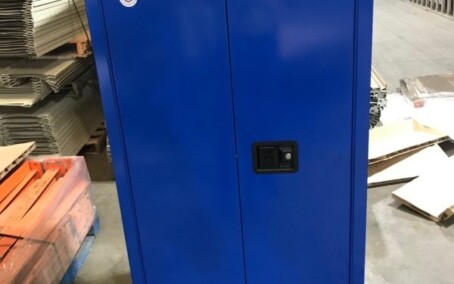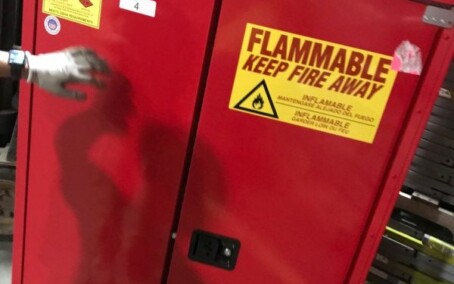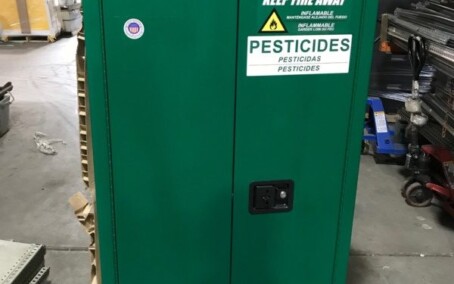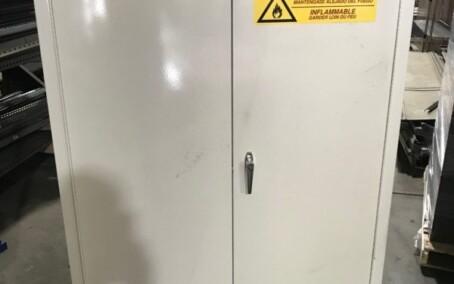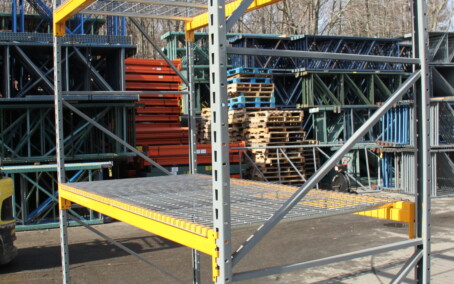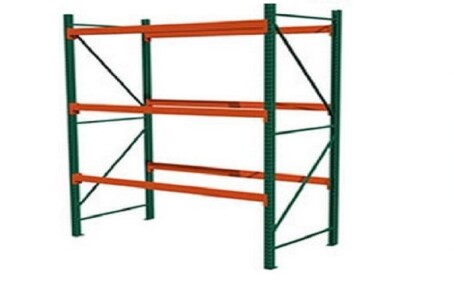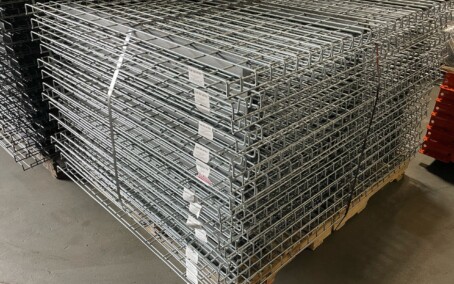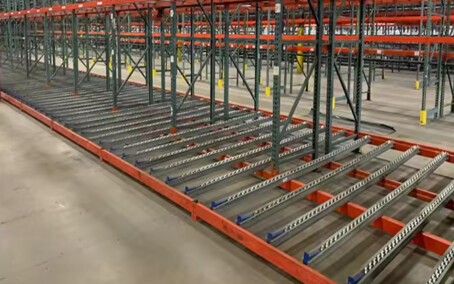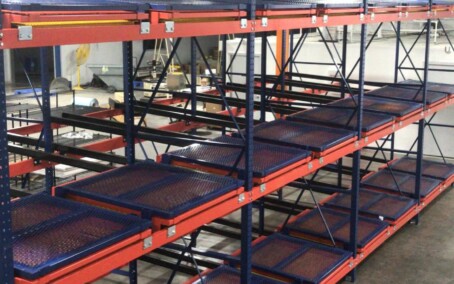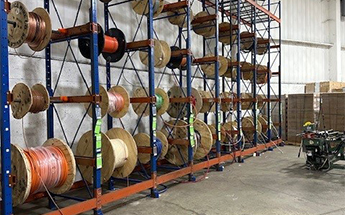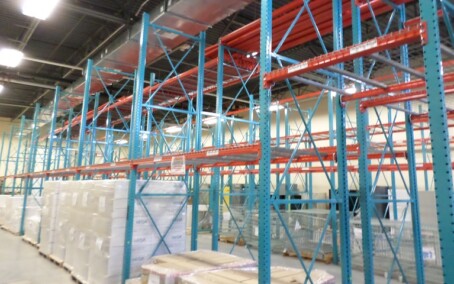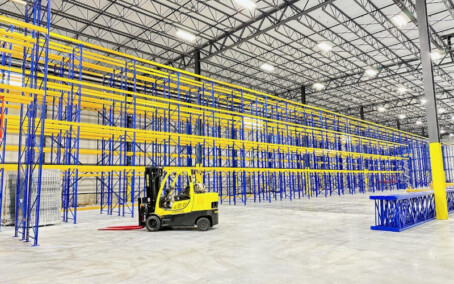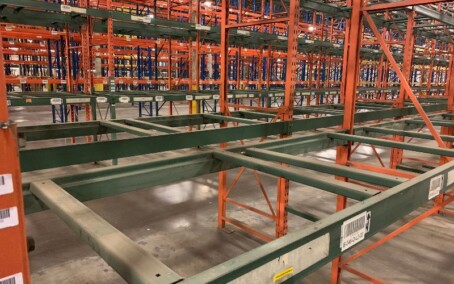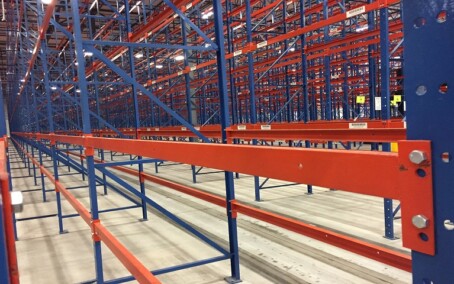Electric Hoists: Efficient Lifting Solutions for Heavy Loads
Electric hoists are a powerful and reliable solution for lifting heavy loads in a wide range of industries, from construction to manufacturing and warehousing. These machines are designed to make material handling more efficient by using electrical power to lift, lower, and move heavy objects with ease. With their ability to handle substantial weight, electric hoists save time and reduce manual labor, making them an essential tool for businesses that require frequent lifting tasks.
What Are Electric Hoists?
Electric hoists are motorized lifting devices designed to raise and lower heavy objects using a hook, rope, or chain. Unlike manual hoists, which require physical effort, electric hoists operate via an electric motor, providing smooth and efficient lifting power. These hoists come in various configurations, including chain hoists and wire rope hoists, each suited to different lifting needs. The primary function of an electric hoist is to move large or heavy items with minimal effort, reducing the strain on workers and improving overall operational efficiency.
Hoists are typically mounted on overhead beams or fixed to a trolley system, allowing them to move along a track or horizontally across an area. This versatility makes them ideal for use in warehouses, factories, and other industrial environments where heavy lifting is a common requirement. By eliminating the need for manual lifting, hoists enhance both productivity and workplace safety.
Benefits of Electric Hoists
1. Increased Lifting Capacity: Electric hoists are designed to handle much heavier loads compared to manual options. With their motorized operation, these hoists can lift thousands of pounds with ease, making them suitable for lifting large machinery, equipment, or building materials. This increased capacity means businesses can move heavier items faster and more efficiently.
2. Enhanced Safety: Using an electric hoist significantly reduces the physical strain on workers, which decreases the risk of injuries associated with manual lifting. Electric hoists come equipped with safety features such as limit switches, overload protection, and emergency stop buttons to ensure safe operation. These safety mechanisms help prevent accidents and ensure that the hoist operates within its intended capacity.
3. Improved Productivity: By automating the lifting process, electric hoists improve overall productivity. Workers can quickly and easily move heavy objects without the need for additional personnel or heavy manual labor. The speed and ease of operation also reduce downtime, allowing your business to complete tasks more efficiently and maintain a steady workflow.
4. Versatility Across Applications: Electric hoists are incredibly versatile and can be used in a variety of industries and applications. In warehouses, hoists are often used for loading and unloading pallets or heavy goods. In manufacturing, hoists are commonly employed to move raw materials or finished products between different stages of production. Construction sites also benefit from electric hoists, as they are essential for lifting heavy building materials to elevated areas.
5. Easy Operation: Electric hoists are user-friendly and simple to operate, even for personnel with minimal training. The controls typically consist of a handheld pendant or wireless remote, allowing the operator to easily control the hoist’s movement. With smooth, controlled lifting and lowering, workers can position items with precision and efficiency.
Applications of Hoists
Hoists are used in a wide range of industries, including construction, manufacturing, logistics, and warehousing. They are particularly useful in environments where heavy lifting is a regular task. For example, in manufacturing facilities, hoists are used to lift heavy machinery parts and components. In warehouses, electric hoists facilitate the movement of large boxes or pallets, reducing the need for forklifts in tight spaces. In construction, hoists are indispensable for moving building materials such as steel beams, concrete blocks, and other heavy items to elevated heights.
Conclusion
Electric hoists are a critical tool for businesses looking to increase efficiency and safety in material handling tasks. These motorized lifting devices provide a fast, reliable, and safe way to move heavy loads, reducing the physical demands on workers while improving overall productivity. Whether you're in construction, warehousing, or manufacturing, investing in high-quality hoists can streamline your operations, increase your lifting capacity, and enhance workplace safety. With their versatility, ease of use, and enhanced performance, hoists are a must-have for any business that requires heavy lifting.


